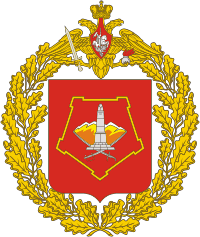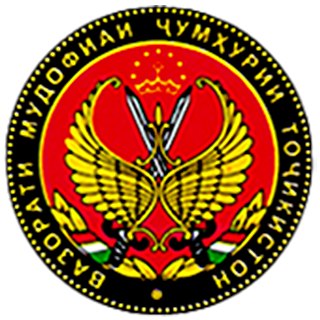History
Tajikistan is the only former Soviet republic that did not form its armed forces from old Soviet Army units. Instead, the Russian Defense Ministry took direct command of the Soviet units there, forcing the Tajik regime to build an army from virtually nothing. During the 1990s, the army was small and had little amounts of native Tajiks in it. The army failed to effectively defend the regime, which resulted in a civil war. The regime was dependent on other Central Asian countries and CIS states on security, to the point that if they decided to withdraw their forces, the regime would collapse.
During the Tajik civil war (1992–1993), the Russian government had around 22,000 to 25,000 troops stationed in Tajikistan to help the regime as part of a defense agreement, which is why the Tajik government was able to survive the war. The war was often thought to have been started by Islamic fundamentalists, but more accurately, it was a war between the regional clans and ethnic groups.
The Tajik regime began assembling their own army in February 1993. The first units were drawn from the militias who fought in the civil war, allowing them to keep their ideologies and original commanders. That caused them to refuse to accept orders from higher authorities, and for skirmishes to break out between units. In early 1996, a rebellion occurred by the First Brigade of the Presidential Guard, after they fought and defeated the 11th Brigade. Though they were ultimately defeated in an attempt to take Dushanbe, the leader escaped to nearby Uzbekistan.
By the mid 1990s, the National Army numbered to around 3,000. The majority of the officer corps were Russian, mostly veterans of the war in Afghanistan. The Ministry of Defense of Russia continued providing material support for the National Army. It was especially difficult for the Army to create its own military force because many Tajiks preferred to serve in the Russian Army, due to the higher pay.
Because of military opposition in Tajikistan, the regime had the largest military buildup in the Central Asian region. As of 1997, Tajikistan had two motorized rifle brigades (one of them is a training brigade), a special operations brigade and detachment (all primarily intended for the protection of the ruling regime), and a combined aviation squadron. Tajikistan further had a basic set of units and sub units that provide operational, technical and logistic support.
Russia provided much support toward the creation of the national army, and trained command and engineer personnel. An institute of higher military education was created in Tajikistan. Despite the large budget (mostly from Russian taxpayer money) and the adequate training of personnel, the creation of the national army was proceeding very slowly. The army benefited from several United Tajik Opposition units that were experienced from fighting government forces during the civil war, but as of 2006, were poorly maintained and funded. At that time the army had 44 main battle tanks, 34 armored infantry fighting vehicles, 29 armored personnel carriers, 12 pieces of towed artillery, 10 multiple rocket launchers, 9 mortars, and 20 surface-to-air missiles.
The Tajikistan army in 2007 had two motorized rifle brigades, one mountain brigade, one artillery brigade, one airborne assault brigade, one airborne assault detachment, and one surface-to-air missile regiment. The airborne assault brigade is an elite special forces unit which Tajikistan has made a separate branch from the national army, the Mobile Forces. Some troops are trained by China, France, India, Russia, and the United States. The Peacekeeping Operations, or PKO Battalion, became one of the best units of the National Army due to it being trained by the National Guard of the United States in a partnership program. The US intended for the battalion to be sent as a peacekeeper unit along with other United Nations forces, perhaps in 2013.
The national army is being run in a Soviet-style. The American trainers are working on setting up a non-commissioned officer corps within the army to train enlisted personnel, though it is a process that will take time, and for the time being the officers train enlisted personnel. [1]



















